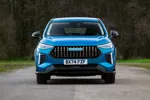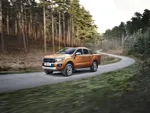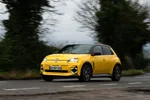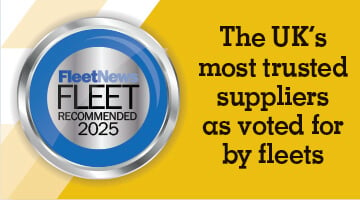As our travel, fleet and operational needs change, drivers are sometimes faced with unfamiliar vehicles. When this happens, and assuming there is no viable alternative than to drive, there some basic safe driving tips you SHOULD follow.
- Read and apply the content of the vehicle manual before driving and parking any new type of vehicle you drive, because different vehicles handle in slightly different ways.
- Take time to learn its features, size, handling, blind spots, controls, mirrors, brakes, lights, and seat adjustment.
- Practise finding and using the controls and switches before you move off.
- Be particularly cautious pulling off, cornering, braking, parking, on hills and picking gaps in traffic.
A recurring change issue for many fleets, requiring more specific advice is when drivers move from a rear to a front wheel drive vehicle.
In a front-wheel drive, power from the engine is transferred to the vehicle’s front tires. This offers increased traction and safety for the average driver, and better drivability in poor weather. Since the front brakes and tires handle 75% of a vehicle's braking, however, it is vital that drivers undertake more frequent brake and tire checks.
If you change from a rear to a front wheel drive vehicle, which has been a common occurrence for most drivers over the past 15 years, you should be aware that they react in subtly different ways. In fact, there is a wider debate going on amongst ‘enthusiasts’ about their merits.
Advantages of front wheel drive.
- Fuel and production efficiency.
- Very efficient use of space.
- More traction in slippery and winter driving conditions.
Disadvantages.
- Torque steer, where wheels pull to one side during acceleration, can be a problem if drivers go too fast because the front wheels have to both steer and accelerate.
- Drivers must be very careful going downhill on slick roads. The rule is ‘keep the vehicle at a steady speed, and as straight and balanced as possible’.
Advantages of rear wheel drive.
- Can offer better weight distribution, slightly more predictable handling and minimal torque steer – where wheels sometimes pull to one side when braking.
- More even weight distribution and transfer can slightly improve handling while cornering.
- When towing, pulling wheels are closer to the point where a trailer articulates, helping steering, especially for large loads.
Disadvantages.
- Potential for over-steer and fishtailing (or tank slapping) - where the rear end of the car swings from side to side in slippery conditions.
- Can lose traction on snow, ice and sand.
- Decreased interior – less storage space and leg-room.
- Higher weight and possibility of improper weight distribution when heavily loaded at rear.
Remember, If you are driving an unfamiliar vehicle, please treat it with respect, for your own protection and that of other road users. Our advice is to:
- Allow enough time for journeys and to read the vehicle manual.
- Prepare yourself to drive it in advance of your first journey.
- Learn all the vehicle’s controls and ‘ways’.
- Drive carefully, and with full concentration at all times.
Author: Dr Will Murray, research director at Interactive Driving Systems
















DTJenkins - 25/05/2010 14:26
As I am now working within an Insurance industry, I have the resources of claims information for our clients. My experience when speaking openly and independently to clients is that they want to reduce their claims frequency and associated costs. To enable this to be facilitated, it is very useful to know what is happening, hence the claims data. The key is however, to know why accidents are happening and I have to say that driving an unfamiliar vehicle does not play a huge part in this. I agree, in a perfect world, that every driver should be familiar wit the vehicle they are driving, but as this is the real world, applying their driving skills to just driving is a key starter for ten.